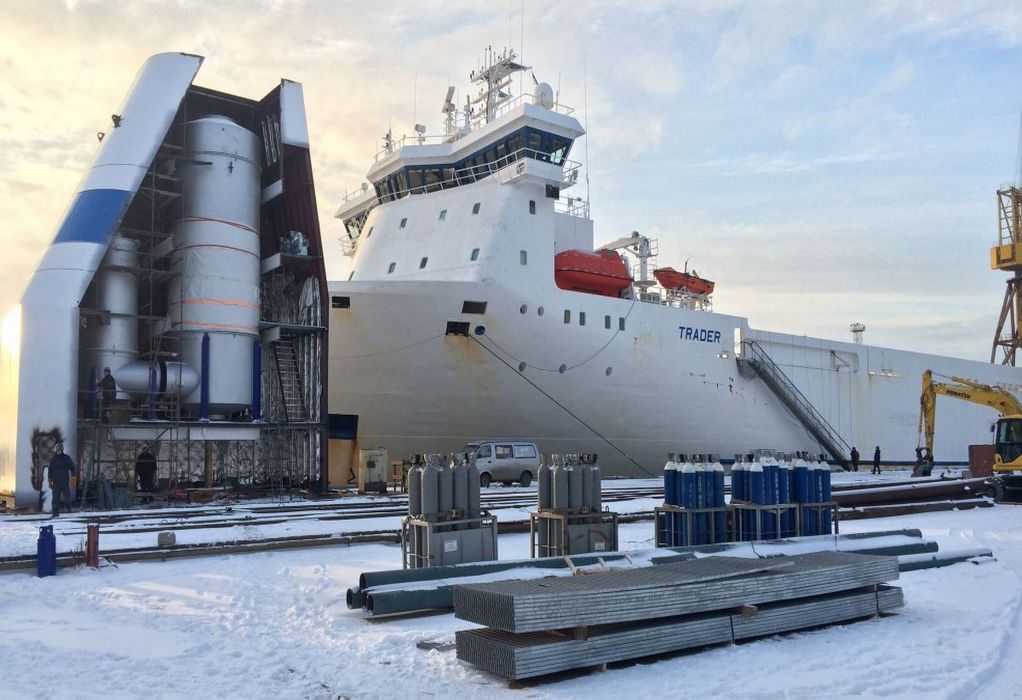Ships’ emissions of metals and hazardous substances pose a significant threat to the marine environment, warns a new study conducted by Chalmers University of Technology in Sweden.
The research found that water discharged from ships’ scrubbers, designed to clean exhaust gases, accounted for over 90% of the contaminants when assessing the contaminant load in four ports.
Scrubbers are exhaust gas cleaning systems that enable ships to comply with regulations set by the International Maritime Organization (IMO). However, while these scrubbers prevent airborne sulphur emissions, they introduce other contaminants such as heavy metals and toxic organic compounds into the water, which is often discharged directly into the sea without intermediate treatment, the study adds.
Hermansson with colleagues Ida-Maja Hassellöv and Erik Ytreberg are the authors of the new study that looked at emissions from shipping from a cumulative perspective.
Previous environmental risk assessments focused on individual emission sources, such as antifouling paints. However, shipping involves multiple sources of emissions, making a cumulative assessment necessary.
The emissions from a single ship encompass various types, including greywater, blackwater, antifouling paint, and scrubber discharge water. To address this, the study examined emissions from shipping ports cumulatively.
Actual data from Copenhagen and Gdynia were used for two of the ports. They were selected due to high volumes of shipping traffic, and a substantial proportion of these ships having scrubbers.
The findings revealed that three out of four port environments presented unacceptable risks due to emissions from antifouling paint and scrubber discharge water, which were the primary sources of hazardous substances.
In addition, the results showed that the cumulative risk levels in the ports were, respectively, five and thirteen times higher than the limit that defines acceptable risk.
Only the port environment with the highest water exchange, facilitating significant water turnover due to tidal movement, showed an acceptable risk level. The researchers stressed that contaminated water does not vanish but is transported elsewhere, potentially reaching pristine sea areas and causing even greater consequences.
The study demonstrates that a single source assessment of emissions can underestimate the risk level for environmental damage. When combining multiple emissions sources, the cumulative risk becomes unacceptable. The marine organisms affected by contaminants do not differentiate their source, emphasizing the importance of considering the total load rather than individual emissions.
Ships with high fuel consumption primarily install scrubbers due to their economic viability. Although the use of heavy fuel oil contradicts the IMO’s emission reduction commitments, the number of ships equipped with scrubbers has been increasing.
Tags: Chalmers University of Technology, Contaminants, Discharge, Marine, Scrubber

Recent Posts
Fossil fuel capacity grows 2.44% in FY24
COSCO launches fully-electric 10,000 ton container ship service
Bergen Engines to power world’s largest hydrogen ferries
GCMD announces appointment of 2 key positions
Marathon refinery aims for 100% production capacity
Japan energy policies for increased zero-carbon power generation
Chapman Freeborn OBC to reduce carbon emissions
OTG develops programme on ammonia fuel safety